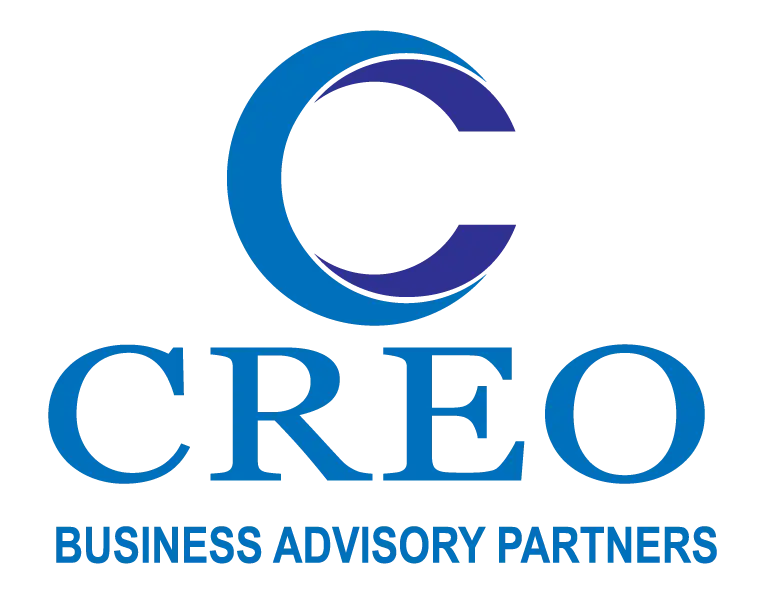From Stuck to Scaling: How a Strategic Growth Plan and SWOT Analysis Can Transform Your Business Trajectory
Growth rarely happens by accident. For mid-market companies, hitting a plateau is often not a matter of poor product or lack of demand. It is the result of unclear priorities, unstructured decision-making, and missed opportunities. At CREO, we help businesses get unstuck by building strategic growth plans rooted in objective analysis. Two of the most effective tools: a clear growth plan and a rigorous SWOT analysis.
In combination, these tools create a roadmap that is not only aspirational but executable.
Why Growth Stalls
Many businesses assume that hitting a growth ceiling is the result of external forces. While market conditions certainly play a role, internal issues are often the real roadblocks:
– Disconnected leadership goals
– Lack of prioritization across departments
– Fragmented data and performance tracking
– Underinvestment in scalable systems
According to McKinsey, companies with a clearly defined and well-communicated strategy are more than 3.5 times more likely to outperform their peers.
Step 1: Build a Strategic Growth Plan with Measurable Outcomes
A strategic growth plan aligns your vision with realistic execution. At CREO, we focus on three core components:
1. Objectives that define success
Example: “Increase enterprise account revenue by 40 percent within 12 months.”
2. Key initiatives that drive results
These might include launching a new service line, expanding into a vertical, or hiring a strategic operations lead.
3. Defined metrics and review cycles
Every objective should be paired with KPIs and a timeline. This turns abstract ideas into trackable progress.
Case Example:
CREO collaborated with Versique, where the executive team sought strategic alignment for growth. CREO facilitated executive and cross-functional sessions to gather insight at all levels, identify core opportunities, and build an aligned roadmap focusing on both strengths and operational challenges. This partnership enabled Versique to move beyond strategy documents to implement practical, executable plans focused on performance and alignment.
Key outcomes included:
– Leadership alignment across departments
– Clarity on strategic goals tied to operational constraints
– A roadmap for industrial/process redesign and consolidation planning
– Increased momentum toward facility move and growth expansion
Step 2: Conduct a Deep-Dive SWOT Analysis
SWOT (Strengths, Weaknesses, Opportunities, and Threats) provides the clarity needed to prioritize. But for it to be effective, it must go beyond surface-level brainstorming.
We recommend:
– Cross-functional collaboration to avoid blind spots
– Customer and competitor input to ground external insights
– Prioritization of top three factors in each quadrant
SWOT in Action
Strength
Proprietary onboarding system reduces client churn by 35 percent
Weakness
Sales team lacks technical training on enterprise software
Opportunity
Increase in federal funding for green energy projects
Threat
Two major competitors merging, creating pricing pressure
Step 3: Translate SWOT into Strategy Using TOWS
This is where analysis becomes action. The TOWS matrix helps build specific strategies based on how internal capabilities intersect with external factors:
– Use strengths to capitalize on opportunities
– Use strengths to mitigate threats
– Use opportunities to address weaknesses
– Develop contingency plans for weaknesses and threats
Step 4: Integrate Findings into Your Growth Plan
Once SWOT and TOWS are complete, fold the strategies directly into your growth plan. For each initiative, define the following:
– Primary owner
– Resource allocation
– Success metrics
– Risk mitigation strategy
Step 5: Review, Measure, and Adjust
The most successful companies do not just build a plan. They operationalize it through constant feedback loops.
– Monthly metric reviews ensure real-time course correction
– Quarterly SWOT updates keep your perspective current
– Biannual leadership planning sessions reset priorities based on performance data
According to Bain & Company, organizations that revisit and update their strategy quarterly are 60 percent more likely to exceed their financial targets.
A business stuck in stagnation does not need more ideas. It needs clarity, accountability, and strategic alignment. Combining a disciplined SWOT analysis with an actionable growth plan is a proven method for unlocking scale.
At CREO, we specialize in helping businesses move from reactive to strategic – shifting from what is urgent to what is essential. If your team is ready to move from stuck to scaling, we are ready to guide the process.
